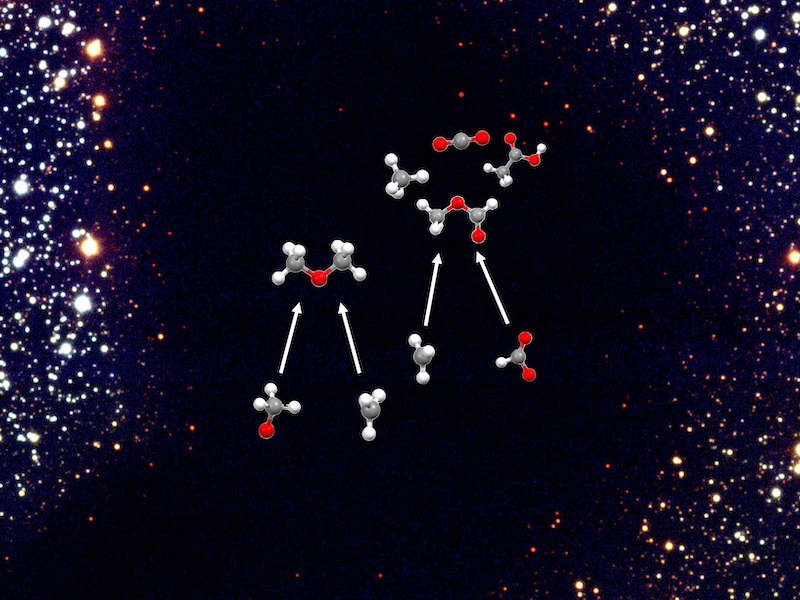2023-09-18 米国国立再生可能エネルギー研究所(NREL)
◆予定外のメンテナンスによるステーションの閉鎖は、水素給油の可用性を低下させ、消費者の信頼性を損なう可能性があるため、PHMモデルを使用してステーションの運営を改善できると述べています。この研究により、水素ステーションの可用性と消費者の信頼性が向上し、水素燃料車の普及が促進される可能性があります。
◆水素供給の選択肢はまだ限られており、水素車のドライバーは必要な燃料を確実に入手できることを期待しています。
<関連情報>
- https://www.nrel.gov/news/press/2023/news-release-predictive-model-could-improve-hydrogen-station-availability.html
- https://www.sciencedirect.com/science/article/pii/S0360319923040533
水素ステーションの予後予測・健全性監視モデル Hydrogen station prognostics and health monitoring model
Jennifer Kurtz, Thomas Bradley, Spencer Gilleon
International Journal of Hydrogen Energy Available online: 9 September 2023
DOI:https://doi.org/10.1016/j.ijhydene.2023.08.098

Highlights
•Hydrogen station reliability is a key contributor to market success.
•Mean fills between failure and station availability are lower than conventional technologies.
•A prognostics health monitoring system can improve hydrogen station availability.
•Estimated remaining useful life of primary components assists in maintenance decisions.
Abstract
Hydrogen fuel has shown promise as a clean, alternative fuel aiding in the reduction of fossil fuel dependence within the transportation sector. However, hydrogen refueling stations and infrastructure remains a barrier and are a prerequisite for consumer adoption of low-cost and low-emission fuel cell electric vehicles (FCEVs). The costs for FCEV fueling include both station capital costs and operation and maintenance (O&M) costs. Contributing to these O&M costs, unscheduled maintenance is presently more costly and more frequent than for similar gasoline fueling infrastructure and is asserted to be a limiting factor in achieving FCEV customer acceptance and cost parity. Unscheduled maintenance leads to longer station downtime, therefore, causing an increase in missed fueling opportunities, which forces customers to seek refueling at other operable stations that may be significantly farther away. This research proposes a framework for a hydrogen station prognostics health monitoring (H2S PHM) model that can minimize unexpected downtime by predicting the remaining useful life for primary hydrogen station components within the major station subsystems. The H2S PHM model is a data-driven statistical model, based on O&M data collected from 34 retail hydrogen stations located in the U.S. The primary subcomponents studied are the dispenser, compressor, and chiller. The remaining useful life calculations are used to decide whether or not maintenance should be completed based on the prediction and expected future station use. This paper presents the background, method, and results for the H2S PHM model as for a means for improving station availability and customer confidence in FCEVs and hydrogen infrastructure.



